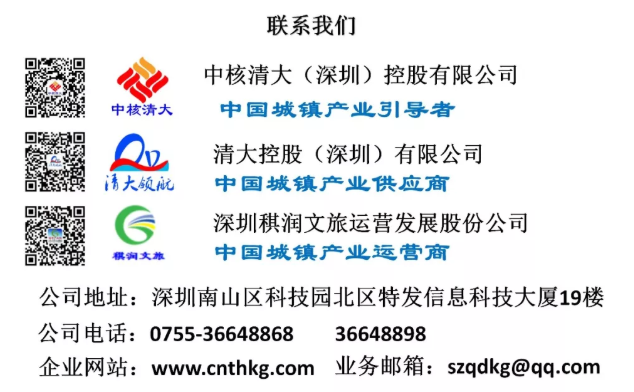
At present, the main market of smart home in China is still some high-end markets: Villa (retail, engineering) and intelligent community (project). The fastest growing markets are smart hotel (Engineering) and intelligent office (Engineering), but the smart home (retail) market of ordinary residence is developing very slowly.
At present, the most important reason why it is difficult for smart home to enter ordinary residence is that the price is too high. At present, the smart home is generally more than 100000 yuan, which is difficult for the public to accept. If the price of smart home can be reduced to the level of 30000-50000 yuan and the cost per square meter is 500-1000 yuan, this kind of smart home products will have more practical significance and can also have reliable and stable conventional functions.
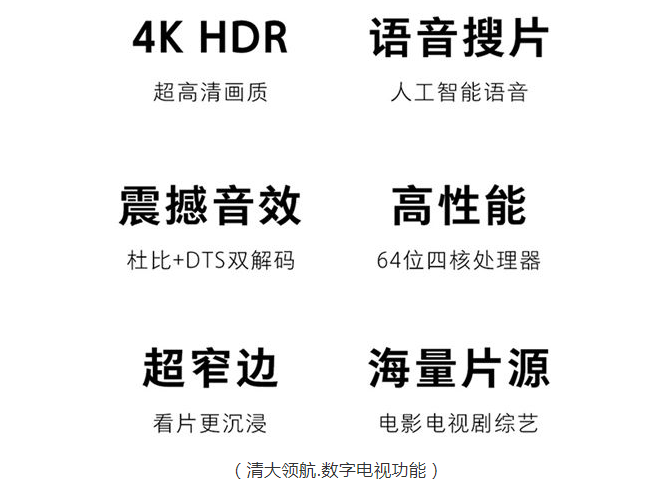
In 2016, the sales area of commercial housing in China reached 1.573 billion square meters, an increase of 22.3 billion square meters4%, the potential new market of residential home smart home is more than 603 billion per year; China has more than 400 million households, the potential stock market of residential home smart home is about 12 trillion yuan; in addition, as an application platform, smart home can derive countless business needs, such as PC and mobile phone. Residential family will become the focus market for smart home enterprises to compete for. Therefore, the market prospect of China's smart home industry is very broad.
Since the concept of smart city was put forward, the construction enthusiasm of various regions has been rising. At present, China has announced three batches of smart city pilot projects, a total of 290 cities. According to the deployment of relevant national ministries and commissions to promote the construction of smart cities, as well as the arrangements of local governments, it is expected that by 2017, the number of smart city construction and smart city under construction in China will exceed 500. It is predicted that with the acceleration of the construction of smart cities around the world, the relevant market scale is expected to expand to 100 billion or even trillions.
Smart city is a new mode to strengthen urban planning, construction and management by comprehensively using modern science and technology, integrating information resources and coordinating business application systems. The start of National Smart City pilot work has brought more space for smart home growth.
As a three-level index in the National Smart City pilot index system, smart home mainly refers to the construction status of home safety, convenience, comfort, artistry and environmental protection and energy conservation, including: 1) home intelligent control, such as smart home appliances control, lighting control, anti-theft control and access control, etc; 2) Home digital service content, home facilities installation and other aspects of construction.
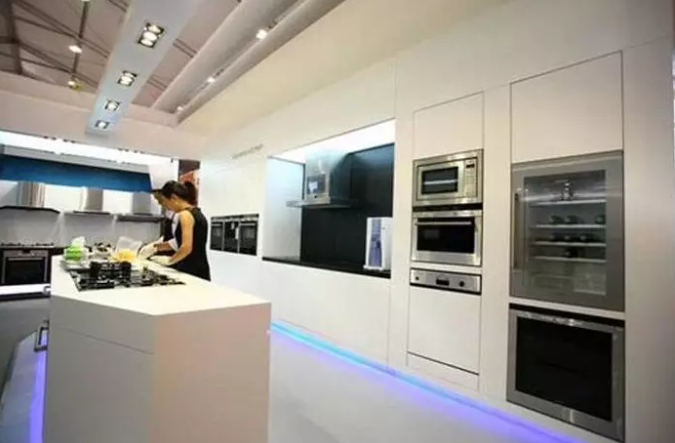
With the development of smart home industry, its competitive pattern will become increasingly clear. Generally speaking, the main competitive forces of smart home industry will be divided into four camps: terminal manufacturers, Internet companies, video websites and operators.
The representative enterprises of the terminal manufacturers are Midea and Haier, which have been deployed in the field of hardware, product form: smart TV, smart home appliances, etc., and the business model is hardware revenue; the development trend of the terminal manufacturers is mainly based on the development of the market economy
However, the representative enterprises of Internet companies are bat, Xiaomi, 360, which have been deployed in the fields of hardware + software + service + content. The product forms are smart TV, box, router and Wi-Fi, and the business model is hardware revenue, data acquisition, backward operation, entrance occupation and overlay service; < br / > this paper analyzes the current situation of Internet companies in China
The video websites represent enterprises such as LETV, iqiyi, etc., with the layout of hardware + content, the product form of smart TV, and the business model of hardware revenue and annual service fee relying on content;
The operators represent the enterprises of China Telecom, China Mobile and China Unicom. They have laid out hardware + software + content, and the product forms are intelligent applications and routers, and the business model is to charge annual service fees based on content.
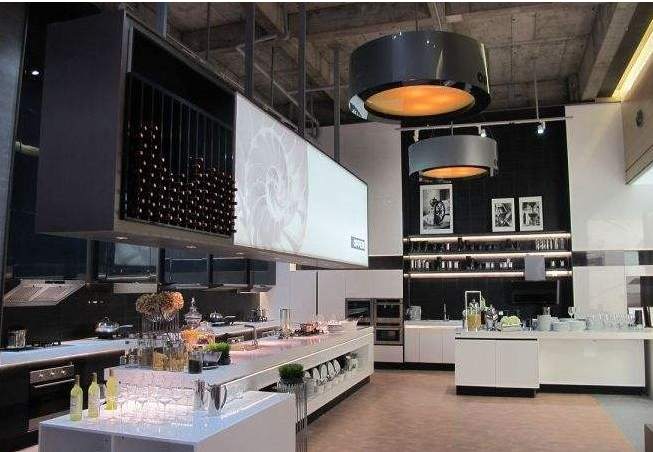
The global smart home market has reached US $48.5 billion in 2015, and the growth rate has gradually slowed down. It is estimated that the growth rate will still maintain an annual growth rate of about $8 billion, and the market size is expected to reach $71 billion in 2018. According to the GfK report, more than half of people think that smart home will have an impact on their lives in the next few years, compared with only a third of people think that wearable devices will have an impact on their lives.
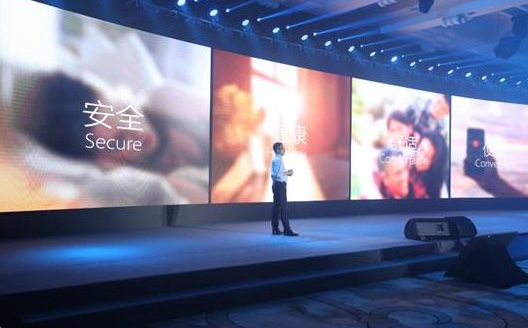
This study covers seven countries around the world. According to the published data of Brazil, the United States, the United Kingdom, Germany and South Korea, more than 50% of overseas consumers (51%) show strong interest in smart home technology, which is at the same level as mobile payment (54%) and far more than that of wearable devices (33%).
Globally, security and control and energy or lighting accounted for 55% and 53% respectively, while entertainment and smart connectivity ranked third (48%), and health and smart home appliances ranked fourth (both 43%). For example, only one-third (38%) of the people in the UK chose "security and control", while in the United States and South Korea, the proportion was more than half (54%).

According to the survey data of the U.S. smart home industry by statista, the U.S. smart home market capacity in 2016 was $9.715 billion, making it the largest country in the world in terms of smart home market capacity. The top five countries in the global smart home market capacity are the United States, Japan, Germany, China and the United Kingdom. Among them, the smart home market capacity in the United States is US $97125 million, Japan's is $1128.9 billion, Germany's is $926.6 million, China's is $520 million, and the UK's is $477.5 million.
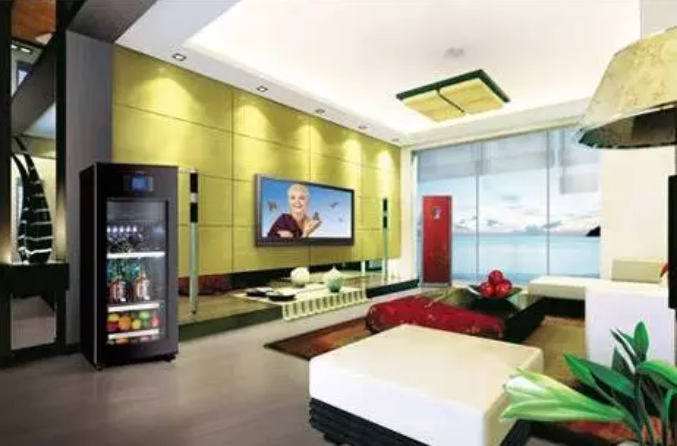
According to a recent report released by markets and markets, the global smart home market will reach US $122 billion in 2022, with an average annual growth rate of 1.2 billion from 2016 to 20224%。 Smart home products cover lighting, security, heating, air conditioning, entertainment, medical care, kitchen supplies, etc.
The development potential of smart home industry attracts many capital to join, including traditional hardware enterprises, Internet enterprises and real estate home decoration enterprises. Google, apple, Microsoft, Samsung, Huawei, Xiaomi, Meizu and many other technology companies have entered the board. With their efforts, the global smart home industry has a bright future. At the same time, the continuous development of mobile communication technology constantly provides strong and powerful technical support for the smart home industry, including 5g technology, Bluetooth 5, next generation WiFi standard, etc. all have a clear commercialization schedule.
More and more new technologies are emerging, and the integration with smart home will produce a strong joint force, such as artificial intelligence technology, speech recognition technology, deep learning technology, etc. they are constantly working on the smart home industry to strive for deep integration with smart home technology. For example, on the afternoon of May 22, 2018, Itoo smart home launched five new smart home products in the Intercontinental Hotel in Oct, Shenzhen, including three revolutionary new products in the industry, including itoedge5 intelligent central control, edgepanelx and edgepanel g smart panelIt also includes two industry breakthrough new products, such as artsmotor elegant series intelligent curtain motor and eolock lock lock, the world's first Eid intelligent door lock.
